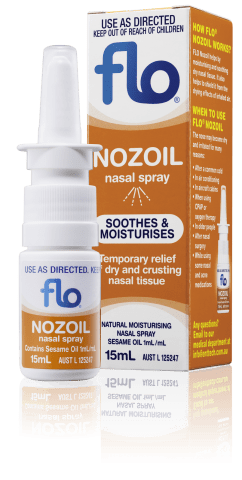
(Discontinued) Surgical Mask Level 2 Earloop – 50 Pack
(Discontinued)Level 2 medical face mask. Meets Australian standard AS4381.2015
This is a Level 2 earloop face mask which is breathable, comfortable and latex-free.
Face Mask is suitable for: Hospital and medical patient
Features:
- Fluid resistance – 120mmHg
- 3ply
- Latex Free
- Smooth and comfortable
- Breathable
Specifications:
- Face Mask Colour: Blue
- Face Mask Size: One size
- Level 2
- Non-sterile
- UOM: Box of 50 pieces
- Non-sterile
Size: 17.5 x 9.5cm - suitable for most adults
Face masks and face coverings are an important element of personal protective equipment. Face masks can help protect the wearer against various airborne particles, including respiratory microbes, smoke, and industrial pollutants. There is a variety of face masks available, including disposable, reusable, surgical, P2, N95 and KN95 masks which all offer different levels of protection for different situations.
It is important to make sure you understand the different types of masks available (including disposable, surgical, cloth and respirator masks) and which one is most appropriate for you. It is also important to understand how to safely put on, remove and dispose of a face mask. You can use some of our guides below to make sure you are using the right face mask, and using it correctly.
Read More...
Different Types of Face Masks and Their Uses
There are lots of different types of face masks, intended for different settings. You can use the guide below to make sure you understand the differences between face masks and pick the right one for your needs.
Disposable face masks: disposable face masks are loose-fitting, single use masks. These masks can be very useful for the general public in reducing the spread of respiratory droplets from people who may be sick. These respiratory droplets are released by coughing, sneezing or talking and can contain respiratory viruses and bacteria which can infect others. Disposable face masks are a good mask to wear when going to the grocery store, getting on public transport, or going for a walk during times of peak illness.
Cloth masks: cloth masks are reusable face coverings made from a washable fabric such as cotton or denim. These masks can be very useful for the general public in reducing the spread of respiratory droplets from people who may be sick. These respiratory droplets are released by coughing, sneezing or talking and can contain respiratory viruses and bacteria which can infect others. These masks must be washed daily before reusing to be effective. They should be made from 3 layers of a mix of breathable fabrics, or two layers with a replaceable filter.
Surgical face masks: surgical masks are loose-fitting, 3-layered, disposable face masks. These masks are generally used by medical staff to help contain any viruses, bacteria or other germs they might spread to others via respiratory droplets. These masks can only be used once, and are suitable for medical clinics and consultants.
P2, N95 and KN95 Respirator Masks: these masks are all high particulate respirator masks. P2 masks are graded by an Australian/New Zealand standard, N95 masks by an American standard, and KN95 masks by a Chinese standard. However, all of these masks objectively achieve the same level of protection. They are tight fitting, single-use masks that protect the wearer inhaling or spreading air-borne particles. These masks are not recommended for general use, and should only be used in healthcare settings or work sites where protection from airborne particles is needed. These masks are certified to filter at least 94% (P2) or 95% (N95 and KN95) of airborne particles, including viruses.
How often should you wear a mask?
States and governments have made different recommendations regarding how often and where you should wear a face mask. Face masks should also be replaced approximately every 3-4 hours, or when they become damp.
How to safely apply, take off and dispose of a face mask
If you wear a mask, it is important to make sure you apply and take off the mask correctly, and safely.To put on a mask safely, follow the following steps:
- Wash your hands before putting on the mask
- Make sure the mask covers your mouth and nose with no gaps between your face and the mask
- Avoid touching the mask whilst wearing it, and clean your hands if you do
- Replace the mask as soon as it is damp, and do not re-use single use masks
- Remove the mask from behind by the straps – do not touch the front of the mask
- Discard the mask immediately into the general waste, preferably into a closed bin. If using a reusable mask, place it in a sealed bag to take home and wash
- If a closed bin is not available, seal the mask in a zip lock bag and place in any bin
- Wash your hands thoroughly with soap and water, or a hand sanitizer








